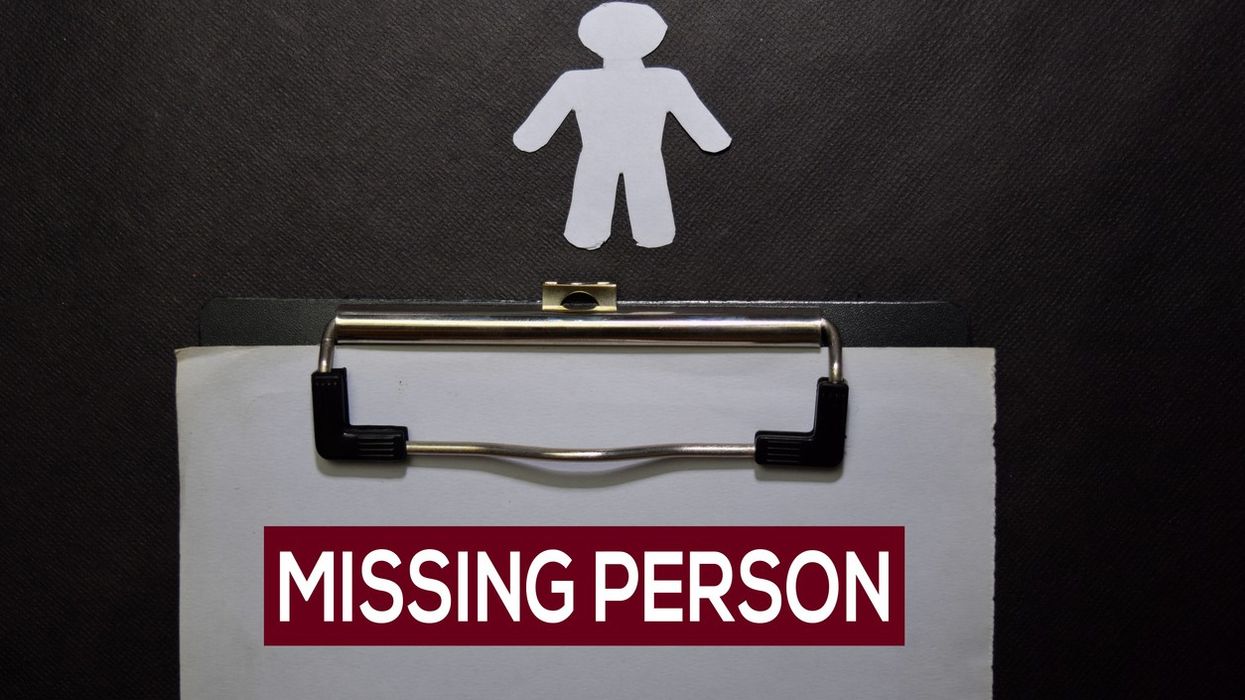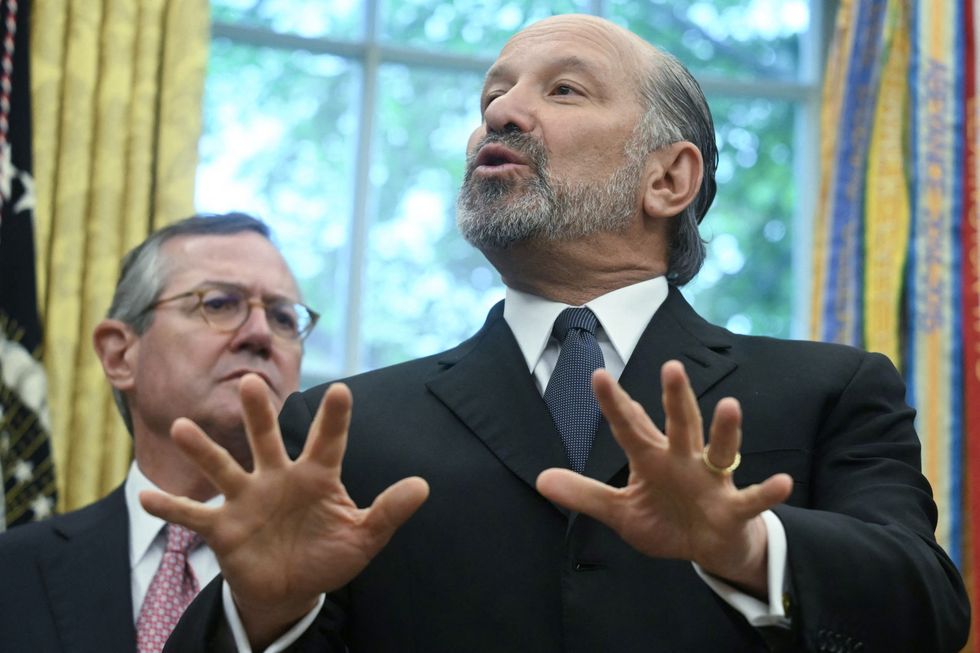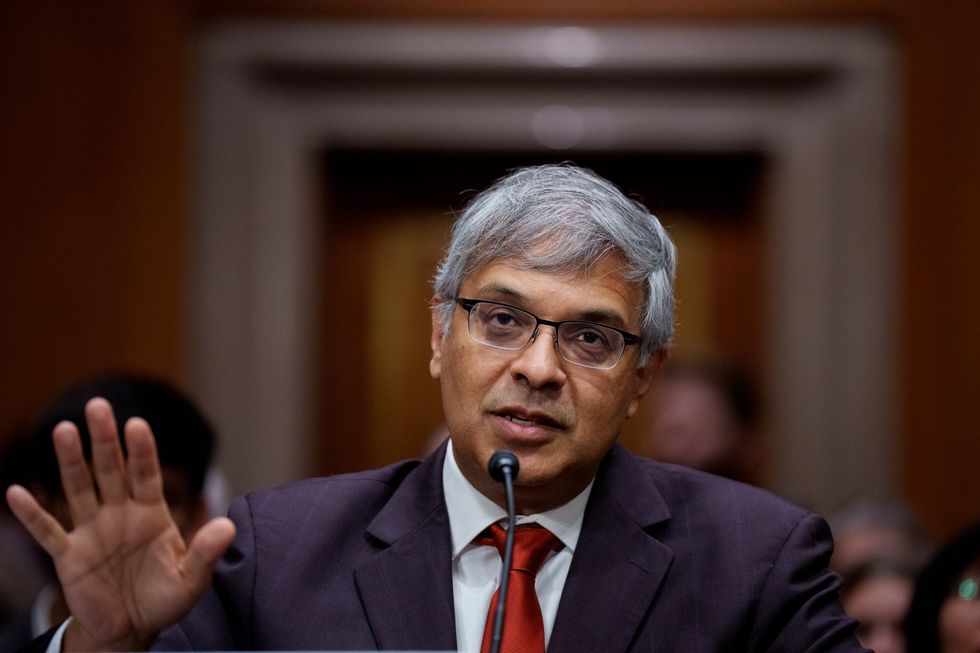Following the expansion of London’s ultra-low emission zone (Ulez), the volume of highly polluting vehicles in the city has drastically reduced by nearly half. This decline has resulted in the removal of 80,000 older cars from the roads.
The expanded zone, operational since September, resulted in approximately 77,000 fewer non-compliant cars and vans on the roads daily, marking a 45% reduction compared to June 2023, The Guardian reported.
Now, only 5% of vehicles in London are non-compliant and potentially liable to pay the £12.50 daily charge, a progress report from the capital’s transport authorities said.
Mayor Sadiq Khan, who faced strong opposition from certain media outlets and Conservative-led councils in outer boroughs, said that the statistics served as proof of the significant strides made in combating toxic air pollution.
Vehicles failing to meet the zone’s exhaust emission limits, primarily petrol cars predating 2005 and diesel vehicles predating 2015, are required to pay £12.50 to enter the zone.
Transport for London (TfL) reported the scheme’s high effectiveness, highlighting that over 95% of vehicles are now compliant. This includes more than 96% of cars and 86% of vans in the outer London boroughs, a notable increase from 85% in May 2022 when the expansion plan was introduced.
In the initial month, an average of 57,800 vehicles paid the daily charge, while the remaining 36,000 non-compliant vehicles either registered for a temporary discount or exemption.
Approximately 10% of vehicles would have been subject to payment, and although Transport for London (TfL) has not officially released the figures, limited data implies that the city might be issuing penalties totalling nearly £500,000 daily.
The first fines, known as penalty charge notices (PCNs), were issued starting from 26 September.
The 13,480 PCNs handed out over the five recorded days could amount to £2,424,400, although most fines are reduced by half if paid promptly.
During the initial week of operation, TfL sent nearly 40,000 warning letters for violations and potential genuine errors, followed by 2,000 to 3,000 additional letters daily for an additional three weeks before implementing fines.
TfL and Khan have said that any net revenue generated from the Ulez will be reinvested into public transport, including expanding bus services in outer London.
Khan added, “I’ve always said that the decision to expand the Ulez was very difficult, but a month on from the expansion we can already see that it is working. London is now home to the world’s largest clean air zone. This will make a huge difference to the lives and health of Londoners.”
Khan noted that over 19 in 20 vehicles on London’s roads now comply and are exempt from the daily Ulez charge.
For those still driving non-compliant vehicles, substantial support remains available through the scrappage scheme, with 37,200 drivers in London receiving payouts totalling £121m by trading in non-compliant vehicles.
TfL’s director of strategy and policy, Christina Calderato, said that these figures indicate the Ulez’s effectiveness in removing the oldest and most polluting vehicles from the roads.
Calderato emphasised the vital importance of addressing London’s toxic air, especially in outer areas where most air pollution-related deaths occur.
An analysis measuring the impact of the expanded Ulez on air quality in the capital is set to be released after six months of operation. The data, collected from 150 monitoring stations over an extended period, will account for various factors like weather conditions to provide a comprehensive assessment.














 NASA’s Astronaut Class 23 with Anil Menon shows patch features a fly-shaped design symbolizing the class nickname, “The Flies,” with twelve stars for each candidate. The UAE and US flags highlight international collaboration, while the astronaut figure reflects their commitment to NASA’s return to the Moon and future Mars missions. (Photo credit: @astro_anil)
NASA’s Astronaut Class 23 with Anil Menon shows patch features a fly-shaped design symbolizing the class nickname, “The Flies,” with twelve stars for each candidate. The UAE and US flags highlight international collaboration, while the astronaut figure reflects their commitment to NASA’s return to the Moon and future Mars missions. (Photo credit: @astro_anil)
